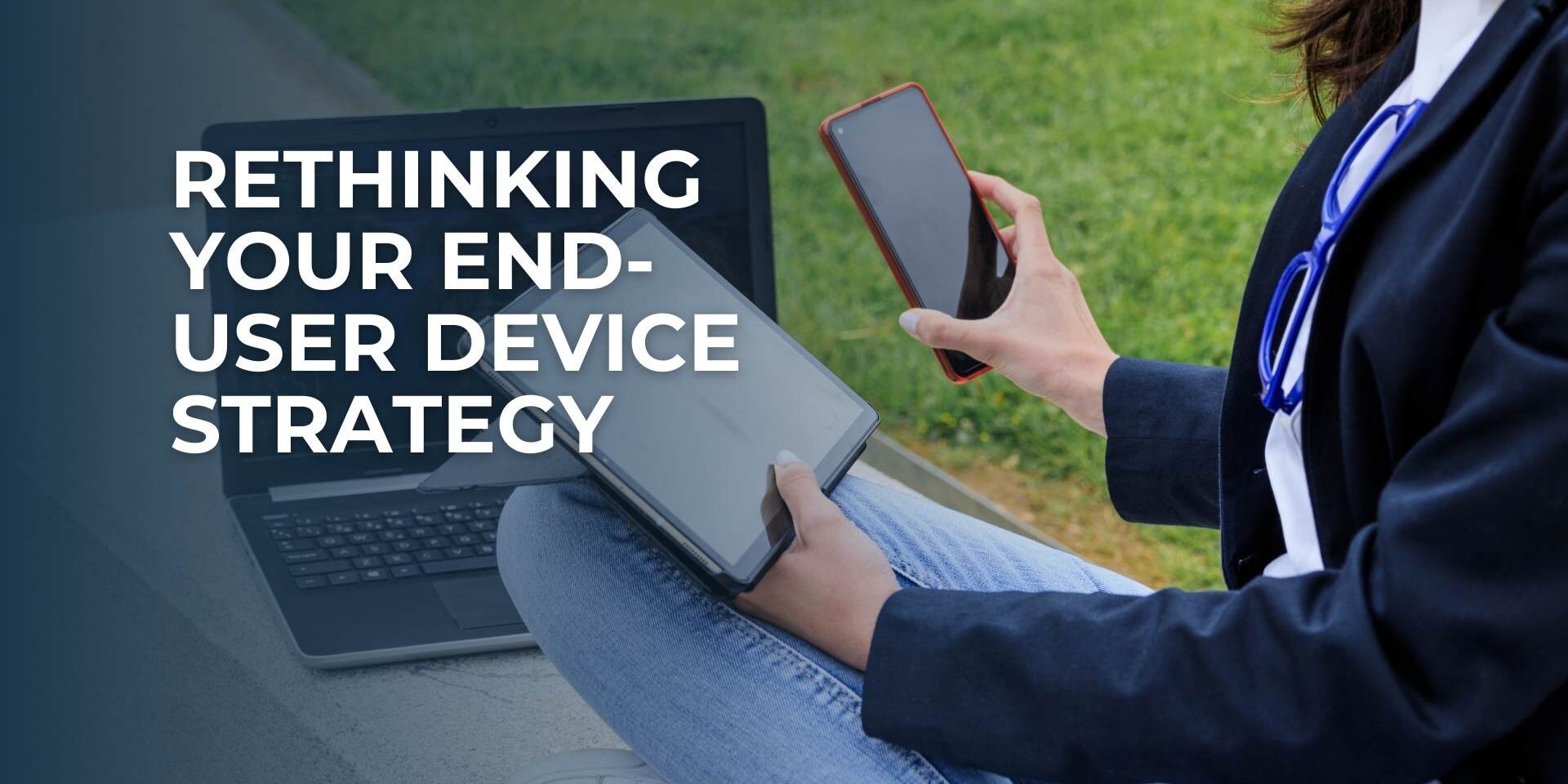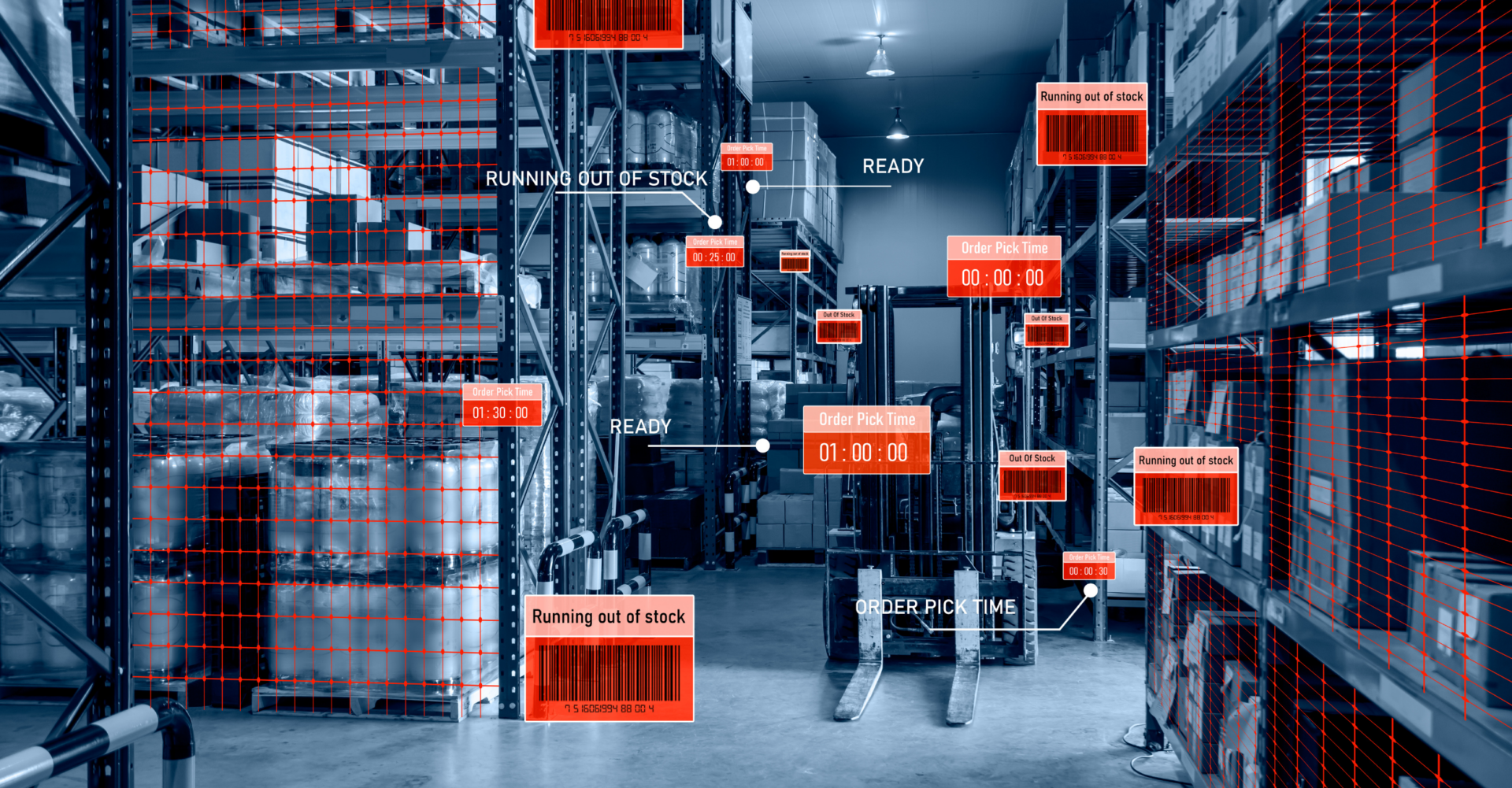
Rethinking Your End User Device Strategy
The blindingly rapid evolution of technology over the last decade or so has made it difficult for organizations to select the right end-user devices for their workplaces. The prevalence of technologies such as smartphones, cloud computing, and unified communication has changed the definition of end-user devices for many industries.
Long gone are the days when you only needed a PBX or landline desk phone and a workstation to solve all your end-user device problems. The workstation computer, with its many hardware and software variations, is still a preferred end-user device in many workplace environments but barely makes the cut on its own. Employees and modern businesses are simply asking for more from end-user devices. Generic systems, it seems, are not enough to bridge the gap between advanced digital solutions and productive adaptation.
The bottom line is, formulating an end-user device strategy is not a straightforward task. And on top of that, standardization is impossible and wouldn’t even be helpful anyway since every workplace has its unique tech demands. A personalized approach is required. Here is an overview of some useful considerations when overhauling or upgrading your own end-user device strategy.
Experience-Driven End-User Devices
Many IT leaders, including electronic product manufacturers and vendors, are quickly shifting from technology-focused products to experience-focused solutions. Experience-driven end-user devices aim to abstract the underlying technology and only provide the key interactive features that transform the digital experience with unique responsiveness.
Experience-driven technology is quickly becoming a key performance indicator in modern workplaces. Many organizations build their workplaces around enabling their workers through technology. This makes end-user devices and the associated tech crucial to the workplace resource structure.
Attracting talent and retaining workers are two of the main reasons why you should consider enhancing the workplace experience through technology. According to recent forecasts, millennials will make up 75% of the global workforce by 2025. Millennials are commonly regarded as tech-savvy individuals who increasingly demand cutting-edge technology, flexibility, and empowerment in the workplace.
A great way to attract and retain such a tech-enthusiastic workforce is to adopt new trends in technology and focus on providing an experience-oriented workplace.
Security Considerations
IT security is a necessary concern when reconfiguring your end-user strategy. Data and network security have become critical priorities in light of the ever-growing wave of cybercrimes. According to the 2018 End-of-Year Data Breach Report by Identity Theft Resource Center, about 198 million sensitive records were stolen in 2018. Such shocking figures should give you a perspective on the extent of the problem.
End-user devices are crucial when it comes to securing the IT infrastructure. These devices are the frontline against malicious attacks such as phishing and malware bombardment. Adopting a security-cautious end-user device strategy is a delicate balancing act between flexibility and security control. You don’t want to restrict the devices so much that users lose their freedom, but then again, you don’t want to leave exposed security loopholes open.
It’s, therefore, essential to adopt an end-user device strategy that allows you to impose the necessary security protocols without compromising on usability, freedom, and flexibility.
Networking and Collaboration
Networking and virtualization are integral parts of any IT system. Interconnectivity is essential in encouraging collaboration and virtualizing the workplace, which makes it more flexible and versatile. Networking begins with end-user devices.
There are several different ways of linking devices together to create a robust IT network. The latest innovations in networking include cloud computing and the Internet of Things (IoT). Cloud computing offers numerous tailor-made solutions, such as Software as a Service (SaaS) and Infrastructure as a Service (IaaS), that allows companies to leverage already existing networking capabilities.
In SaaS, for instance, you can direct all in-house and remote employees to a common software resource, like an ERP, via various devices.
However, remember that the types of end-user devices you choose can limit or dictate the network infrastructure. Most laptops, for instance, can only network via Wi-Fi and Bluetooth. Plus, there is a limit to how far you can stretch the networking performance on many devices.
Cost-Effectiveness and Productivity
Cost is, of course, another thing you need to factor into your end-user device strategy. IT devices don’t come cheap. So, it’s crucial to consider your IT budget and the expected ROI on IT investments.
It makes sense to purchase expensive devices if their impact on employee productivity and the overall business performance justifies the price tag. Also, don’t make the mistake of just looking at the initial investment in your cost analysis. Remember to include maintenance costs, additional enabling expenses, and upgrades or changes.
A common solution to the cost of end-user devices, especially among start-ups and SMEs, is the “bring your own device” (BYOD) policy. In fact, the BYOD movement is beginning to gain traction as a majority of employers continue to encourage employees to bring their own laptops, smartphones, and tablets to work.
A BYOD workplace can save you money and improve employee’s satisfaction since they are working with devices that they’re already familiar with. However, a flexible BYOD policy can pose a number of security risks. Risks may include a lack of standardizations and some compatibility issues.
Narrowing Down Your End-User Device Strategy
End-user devices are primarily designed to enable employees in their tasks, process data, and other workplace operations, improve workplace efficiency, encourage collaboration, and take advantage of modern tech and business innovations. This is the checklist that you should always keep in mind when crafting an end-user device strategy. Besides this, ask yourself these three crucial questions:
- What are your workplace and business functions?
- Which IT resources do you need for all your business functions?
- In which ways will these resources impact your business performance?
Once you have clear answers to all three questions, then you should have a pretty good idea of what your business needs and how to personalize end-user devices for every aspect of the enterprise. It also helps to bounce ideas off your employees as you work out the right approach to their needs. Employee involvement can bring to your attention some critical considerations and insights that you may not have thought of by yourself.
Bottom Line
An end-user device strategy is not a one-size-fits-all solution. What you decide should depend on your workplace setting, employee preferences, IT budget, security requirements, and ROI. Some companies are so particular about their needs that they end up developing custom end-user devices and software. The point is, it all comes down to you.
Remember, however, that besides achieving the desired functionality and checking all the technical boxes, your end-user device strategy must reflect positively on the “end-users.” Ensure that your choices motivate your staff members towards efficiency and productivity. Keep in mind that the success of your end-user device strategy depends heavily on the satisfaction of the users themselves.
Share the IT Brain Power
More from the BECA Blog



